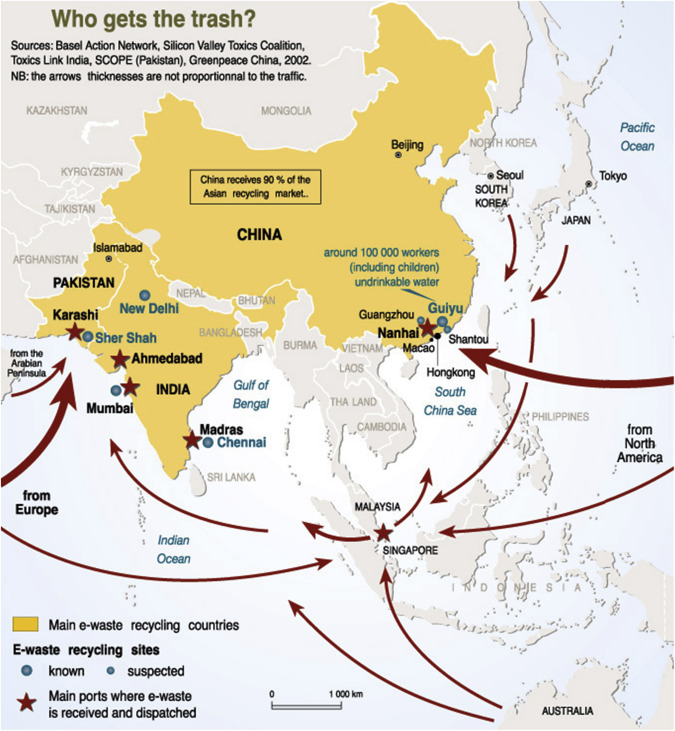Neurochemical Aspects of Alzheimer's Disease Risk Factors, Pathogenesis, Biomarkers, and Potential Treatment Strategies, 2017, Pages 47-91
This book chapter advances SDG #3 and #10 by reviewing the risk factors for Alzheimer’s Disease, including normal aging, diet, sedentary lifestyle, sleep disturbances, genes [amyloid precursor protein (APP), presenilin 1 (PSEN1), PSEN2, and APOE], environmental factors, and epigenetic factors.
Elsevier,
Principles of Gender-Specific Medicine (Third Edition), Academic Press, 2017, Pages 203-217.
This book chapter advances SDG 3 and 5 by describing how autism research and diagnostic practices have been challenged in terms of androcentric assumptions and biased assessment practices, suggesting that methods are insensitive to gender differences on the spectrum. It is now recognized that girls on the autism spectrum may present differently from boys and hence their identification and subsequent needs may go unrecognized.
Elsevier,
Electronic Waste, Toxicology and Public Health Issues, 2017, Pages 1-15
Chapter on the public health problem of how to effectively deal with or dispose of the ever-increasing number of old or outdated electronic devices (e-waste) in a safe manner. The goal of SDG target 3.9 is to substantially reduce the number of deaths and illnesses from hazardous chemicals and air, water and soil pollution and contamination
Elsevier,
Electronic Waste, Toxicology and Public Health Issues, 2017, Pages 55-61
This chapter will attempt brief review on some of the known factors which define populations, particulary developing countries, at special risk for chemical toxicity from e-waste. The goal of SDG target 3.9 is to substantially reduce the number of deaths and illnesses from hazardous chemicals and air, water and soil pollution and contamination

